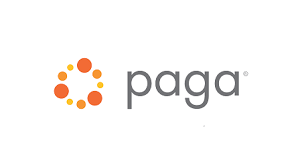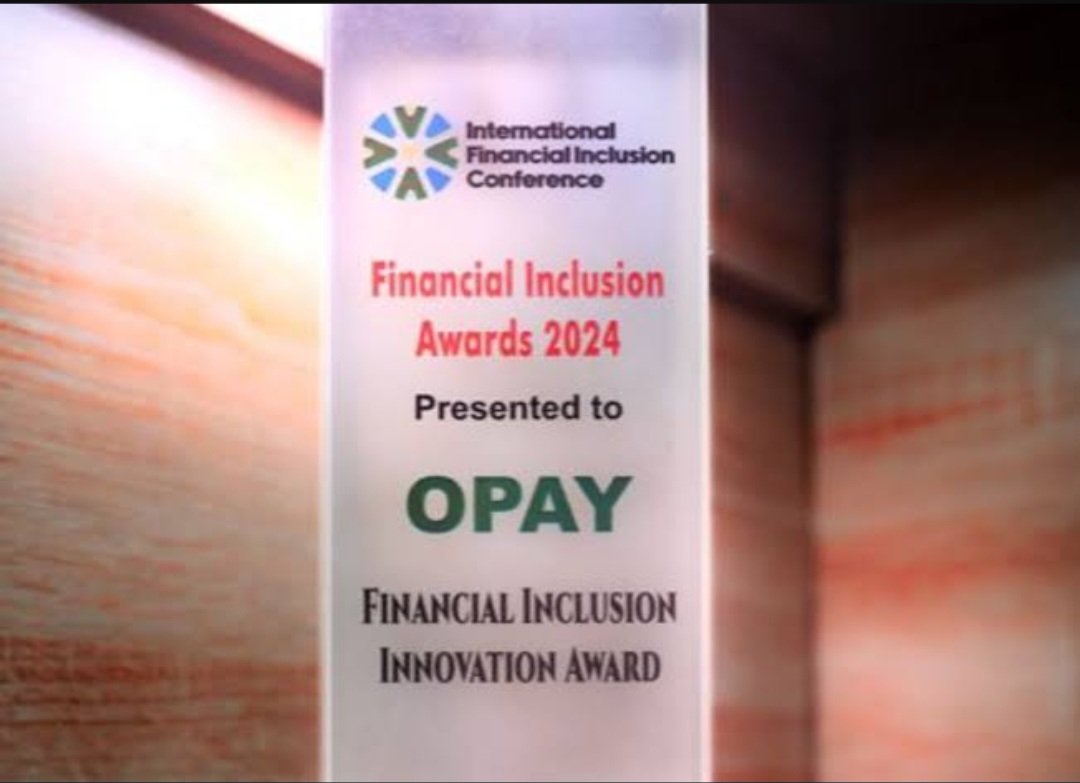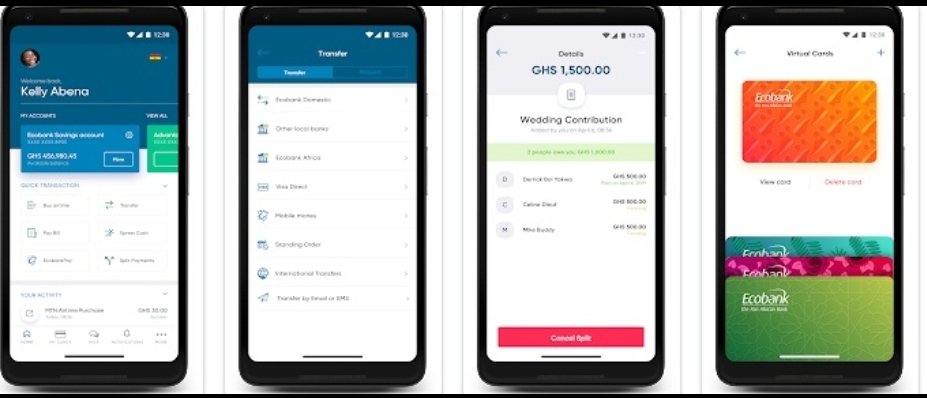The internet has made paying for things a lot easier. There are now thousands of payment platforms that offer people easier and more efficient ways to make payments. However, some of these platforms are not the same and not all of them are reliable or safe to use.
Making the Right Choice: Tips for Selecting a Trustworthy Payment Company
Because of the increase in online scams around the world, it is important to be careful when choosing a platform for transferring money. Luckily, there are some signs that can help you tell if a platform is safe or not. This can help you avoid getting scammed or having your identity stolen.
If you’re looking for a payment platform, keep an eye out for these 7 common red flags: hidden fees, unclear terms, questionable security, lack of customer support, slow processing times, limited payment options, or high minimums.
7 Warning Signs to Keep an Eye Out for When Selecting a Payment Company:
When choosing a payment platform, it is important to be aware and watch out for signs that something may be wrong. Here are some things to look out for that can help you avoid fraudulent sites and protect your funds and personal information:
1. Asking for Your Bank Login Information:
One of the most obvious signs that something is not right is when the company asks for your bank login information. During the KYC (Know Your Customer) documentation, you may be asked for bank statements, your social security number, or other bank details. And you may also need to provide the recipient’s bank account number for withdrawals or transfers. But no real company will ask you for your bank login information, like your email and password.
This is a serious security risk that should make you suspicious of the company’s trustworthiness. If you’re on the hunt for a payment platform, always be vigilant and steer clear of any company that seems suspicious.
2. Lack of Customer Support:
It is important to make sure that a money transfer company has a good reputation for customer support before you use their service. You never know when you might need their help, so you should know that they are reliable and can help you if there are any issues.
Here’s what to look for:
- The company should have a good system for customer support that is available at any time, day or night. This means that you can get in touch with them for help or information whenever you need to.
- Secondly, the company should be able to give you detailed information on how to use their platform. If you don’t know how something works, it will be hard to solve any problems that come up.
- Lastly, the company should be willing to help you with any problems that might come up.
3. Hidden Fees:
When choosing a payment platform, it’s important to be aware of any hidden fees that might be there. To be safe, choose a platform that not only promises transparency, but also clearly shows the fees you will be charged. This includes transfer fees, withdrawal charges, currency conversion fees, and FX rates.
Some platforms may offer low rates or even free withdrawals to get more people to use their service.
4. Negative/ Fake Online Reviews:
Doing your own research is very important when choosing a digital platform. And one of the best ways to do that is by reading online reviews. But many people either don’t do this, or don’t listen to the warnings.
there are various tools that can be helpful in checking the legitimacy of a website or platform, such as Scamadviser, Whois, and so on. You can also browse reviews on platforms such as Trustpilot, Capterra, Crunchbase, or Nairaland (for those in Nigeria) to get an idea of what others think about the product.
In fact, some reviews can be completely fake – written by the company to make people want to use their platform. And of course, some customers are hard to please. But you can look for reviews that are very negative, or too many reviews on a particular date, or 5-star reviews that are too good to be true, etc.
5. Suspicious Email Address:
If you are uncertain about the reliability of a payment platform, it is always a good idea to examine the email address associated with the platform. Does it look like it is from a real company? Or is there weird spelling or punctuation?
And if you do decide to sign up, be very careful when you enter your personal information.
6. Lack of SSL Encryption:
If the payment platform you are thinking about using doesn’t have an SSL certificate, you might be putting yourself in a risky position. The SSL certificate shows that the website/platform is encrypted, so your information and funds are secure. Without this, your information could be stolen and you could lose money.
So make sure any payment platform you are thinking about using has SSL encryption (for example, it starts with HTTPS or has the padlock icon). And if they don’t, then move on to another platform.
7. Not User-Friendly :
A user-friendly payment platform should be easy to use, improve transparency, and give you control over your funds. It should be intuitive and easy to navigate, with icons and text to guide you to the features you need.
Finally, look out for long and complicated contracts. If the contract is hard to understand or has unclear phrases, that could be a warning sign.
Other Common Red Flags Include:
- The company cannot provide any confirmed or verified information about where it is located or how it can be contacted.
- The website looks very amateurish or has a poorly made design.
- Too many typographical errors
- Too many site redirects or ads
- You are asked to download a software/play a game before proceeding to the next steps.
- The company promises unrealistic returns or discounts.
- Lack of reviews or testimonials, whether they be positive or negative, is strange and can suggest that something is amiss.




